by Jef Fry | May 26, 2021
A simple 3-step process for using HRV to optimize your health and fitness.
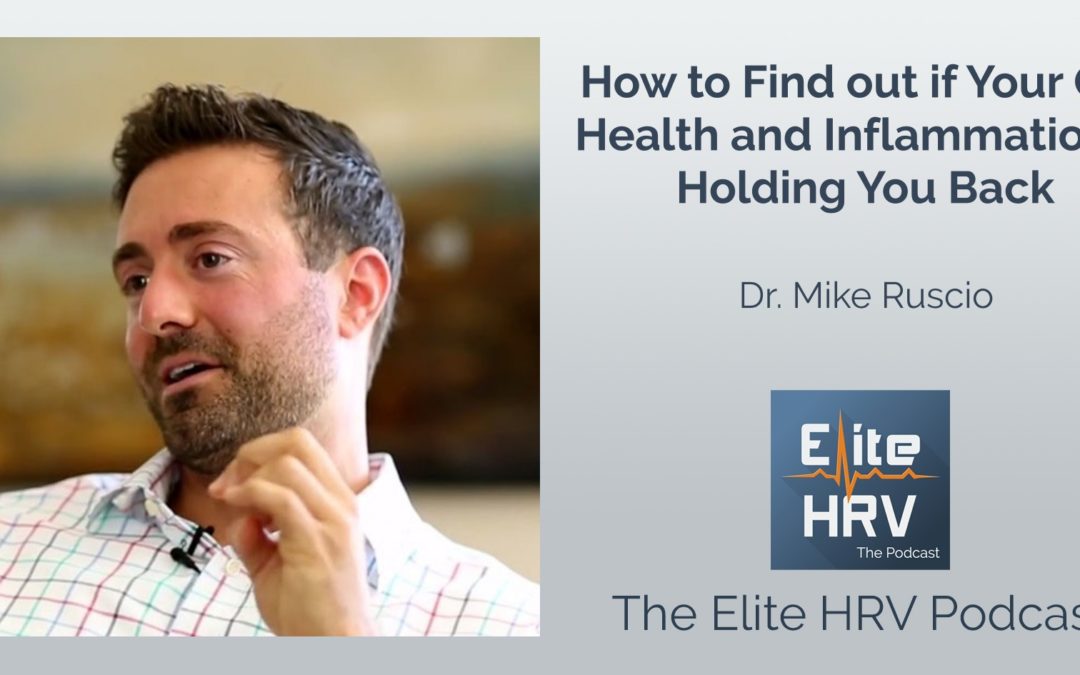
by Jef Fry | May 3, 2019
Michael Ruscio is a doctor, clinical researcher and best-selling author whose practical ideas on healing chronic illness have made him an influential voice in functional and alternative medicine.
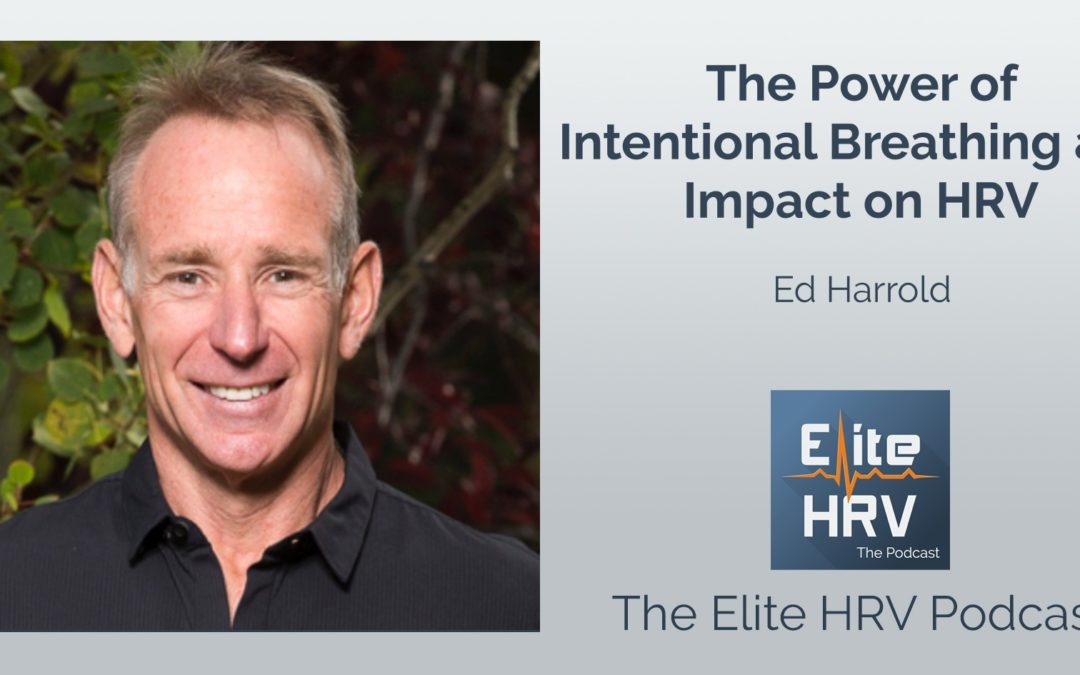
by Jef Fry | Apr 8, 2019
Ed Harrold is an author, inspirational leader, public speaker, coach and educator. Ed’s mastery in the art, science and application of mindful breathing has guided him to apply conscious breathing practices in corporate performance coaching, fitness and athletic training, healthcare training, stress reduction and overall health and well-being.

by Jef Fry | Dec 27, 2018
Holiday weight gain prevention and stress busting using Heart Rate Variability (HRV)!
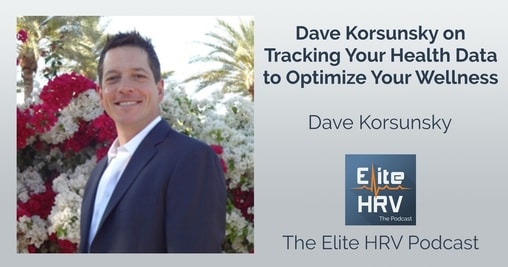
by Jef Fry | Dec 10, 2018
Heads Up Health was founded by a team of health-conscious technology experts on the simple concept that being healthy doesn’t have to be complicated. We saw a world of disjointed medical records, underutilized health tracking technologies and abundant, but poorly managed, health data. We felt that intelligent software could provide the perfect solution.
Based on our belief that well-organized data holds the key to optimal health, we have created a central space where you can manage and explore your own.
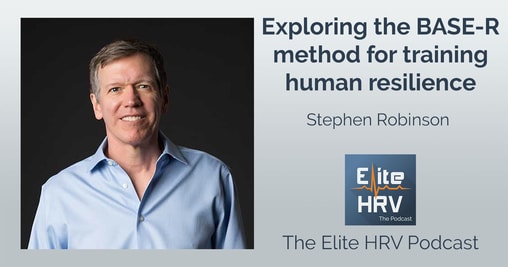
by Elite HRV | Nov 8, 2018
In this episode, Stephen Robinson of EVENPULSE joins us to discuss the use of the BASE-R Method training for stress mitigation and improved human resilience for high performers in many industries including police, fire, military, and business. We also talk about the role of HRV in achieving self-mastery and different recovery tactics for stress regulation.
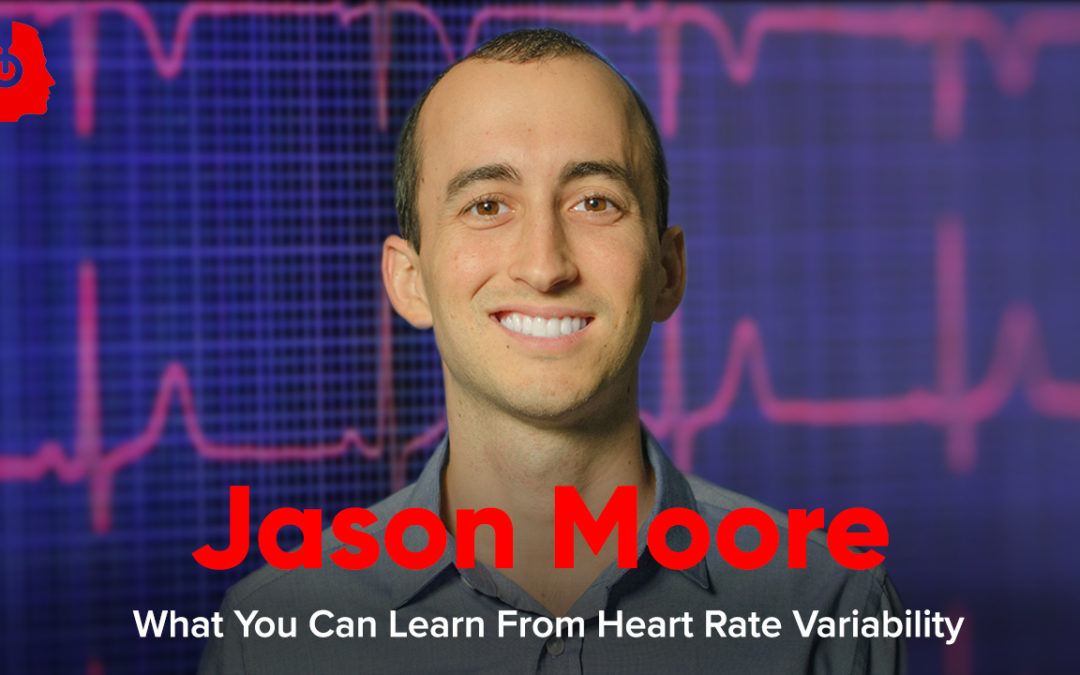
by Jason Moore | Jun 6, 2018
Video Interview on HVMN: Heart Rate Variability fundamentals and using HRV to optimize both health and performance. Tap here to watch on YouTube.
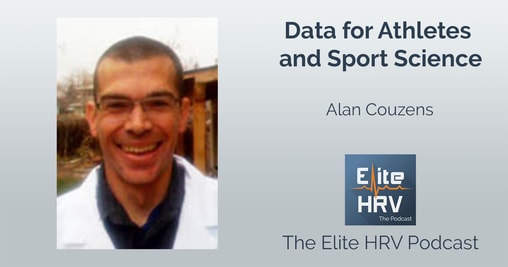
by Jason Moore | Mar 4, 2018
You are likely falling behind if you aren’t looking at certain data for athlete training and development. Alan Couzens shares his expertise integrating software and data analysis into both recreational training and elite level sport.

by Jef Fry | Aug 27, 2017
Everyone ages at different rates. Our “true age” (also “biological age”) actually depends on systemic inflammation: from our lifestyle and environment combining with our genetics. True age represents our capacity for resilience, in tolerating and recovering from the inflammation of life stresses. By increasing this resilience, we could even get younger in true age! It requires frequent tracking of biomarkers like heart rate variability (HRV).
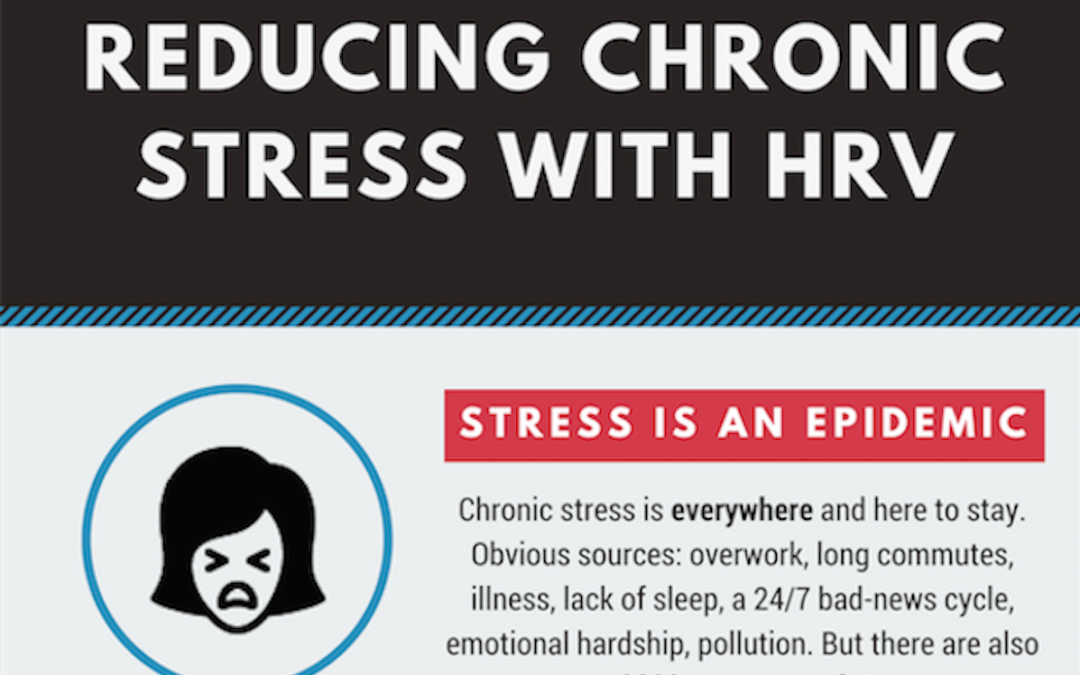
by Jef Fry | Jul 18, 2017
Chronic stress is a feature of modern life. It often comes from hidden, unexpected, hard-to-pin-down sources. With appropriate tracking, heart rate variability (HRV) can help identify these sources of chronic stress.

by Jason Moore | Nov 18, 2016
Training for a world championship or the Olympics? Not many people make it to that level, but Dr. Daniel Plews and Professor Paul Laursen join us to share what it’s like to train for world class competitions. We cover a lot including HRV patterns of various training phases, acute to chronic ratio relationship to injury, when to establish an HRV baseline in an endurance program, preparing for Kona Ironman World Championships and Olympics, diet choices, the risk of academia, and much more.
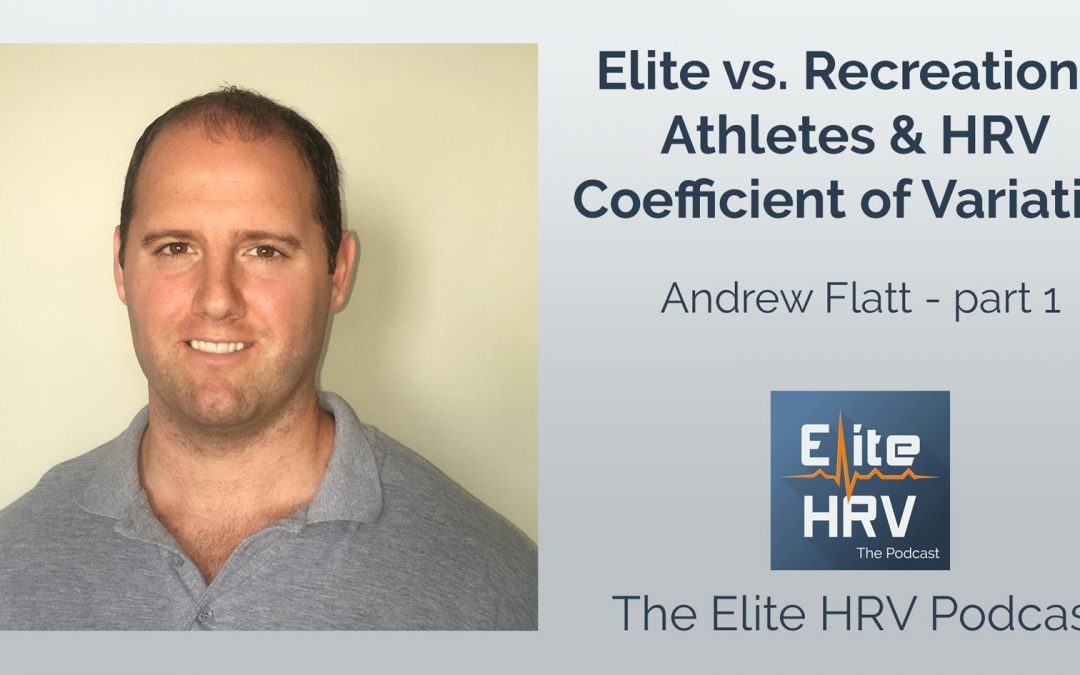
by Jason Moore | Nov 4, 2016
Andrew Flatt goes deep into the research and application of HRV monitoring for athletes and sports teams. Andrew works extensively with elite level athletes and is one of the emerging names in athlete monitoring research.
by Jason Moore | Sep 15, 2016
HRV Score population comparison with normal HRV values for age, gender, and various HRV platforms.
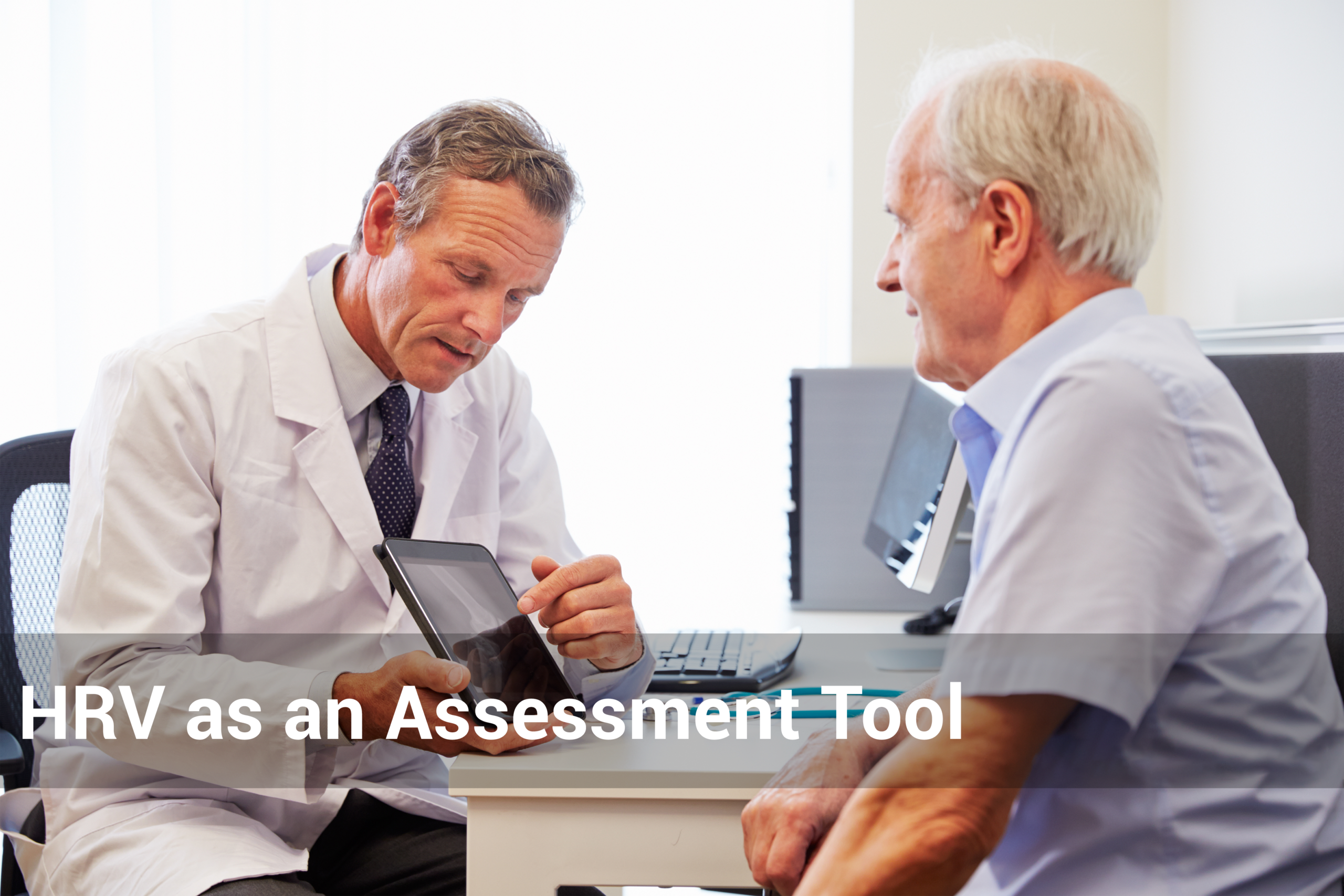
by Elite HRV | Jul 14, 2016
4 steps to effectively use Heart Rate Variability as an assessment tool. Optimizing a treatment or training plan with HRV needs proper planning and preparation.

by Elite HRV | Jul 6, 2016
What are normal HRV values for your demographic? Learn how Age and Gender affect Heart Rate Variability and why you need to know your demographic values.

by Elite HRV | Jun 24, 2016
What is the difference between Heart Rate and Heart Rate Variability? What are the pros and cons of each? When should each metric be applied?

by Elite HRV | Jun 23, 2016
Psychological factors can affect physical recovery from injury and back pain. This case study is an example of how we used Heart Rate Variability as a guide towards improving psychological factors and ultimately.
by Elite HRV | Feb 14, 2016
Our HRV score process is broken down as follows:
by Elite HRV | Feb 14, 2016
Multiple readings taken in a row can sometimes produce different results. Here are a few reasons this can happen.
by Elite HRV | Feb 14, 2016
Baroreceptors, which are the body’s natural blood pressure sensors located in the aortic arch and internal carotid arteries, contribute to Heart Rate Variability. When you inhale, heart rate increases.














